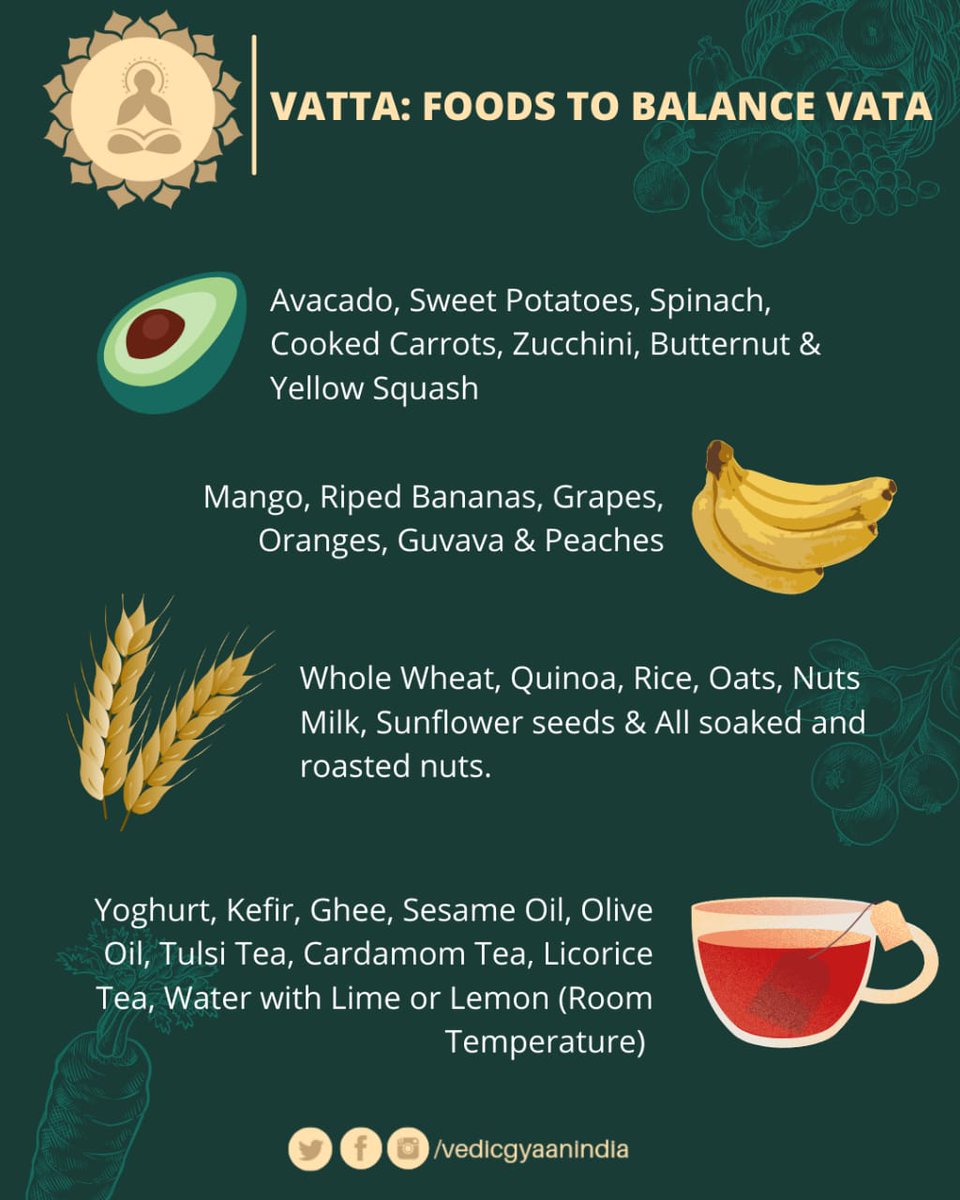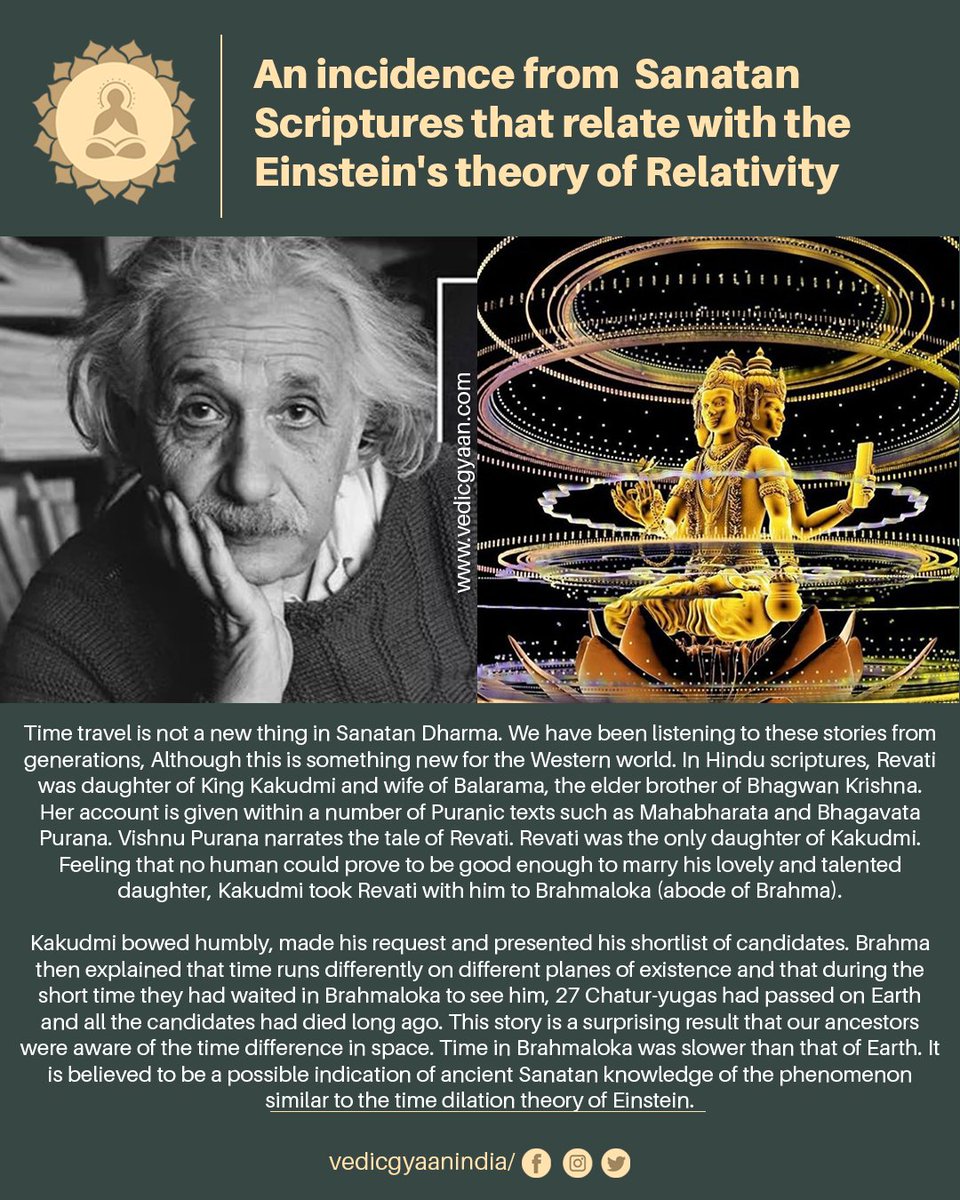
Markandeya was a child for whom a choice was made before he was born. His parents had to choose between having a son who would live for a hundred years but would be a fool, or a son who would be a brilliant, shining being but live only for sixteen years. 

The parents were wise and they chose the latter, and they bore a brilliant, shining child of enormous capabilities. But as days passed and years rolled by, they were worried for their child and became very tortured as the date of his death came close. They explained to Markandeya
about the boon they had received and the choice they had made. But Markandeya was phenomenally wise and knowledgeable, and he knew the ways of life. So, when the moment of his death came – when the god of death, Yama, came to claim his life – Markandeya did one simple act.
There was a linga that was particularly consecrated as Kalabhairava. Markandeya just held the linga. The moment he held the linga, time came to a standstill and death could not approach him. Yama was held right there. Within Markandeya, that dimension of consciousness had opened
up where he was not available to time any more. They say he continued to live as a fifteen-year-old boy, never turning sixteen because he came in touch with that dimension of consciousness which we refer to as Kalabhairava. It is only because time exists that there is something
called as death. Kalabhairava is that dimension of consciousness which can go beyond time.
Credits: @SadhguruJV
Credits: @SadhguruJV
• • •
Missing some Tweet in this thread? You can try to
force a refresh












